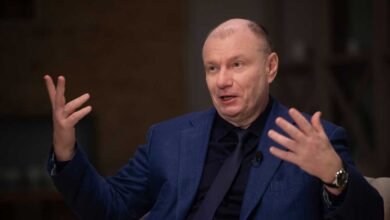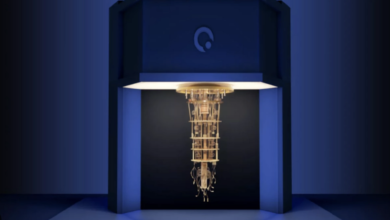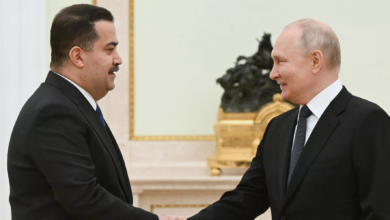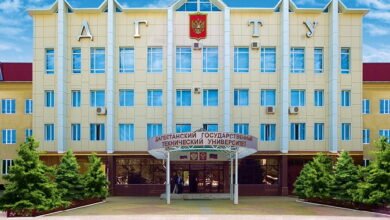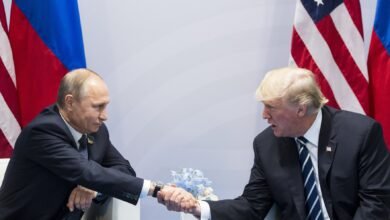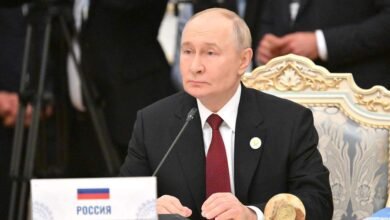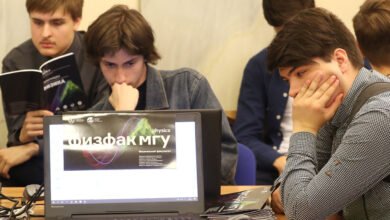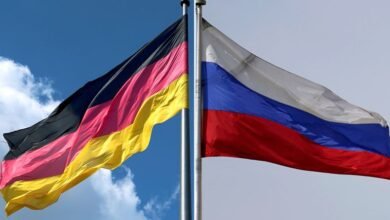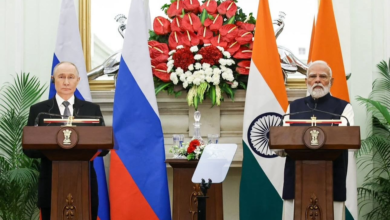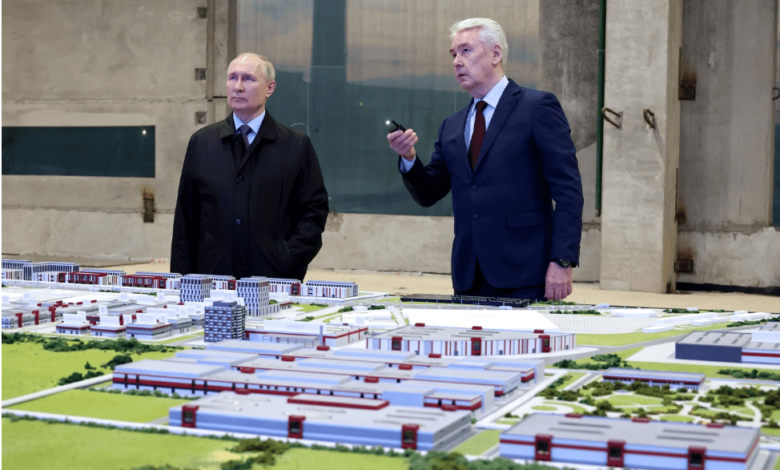
Russian President Vladimir Putin visited the Moscow Diagnostics and Telemedicine Center.
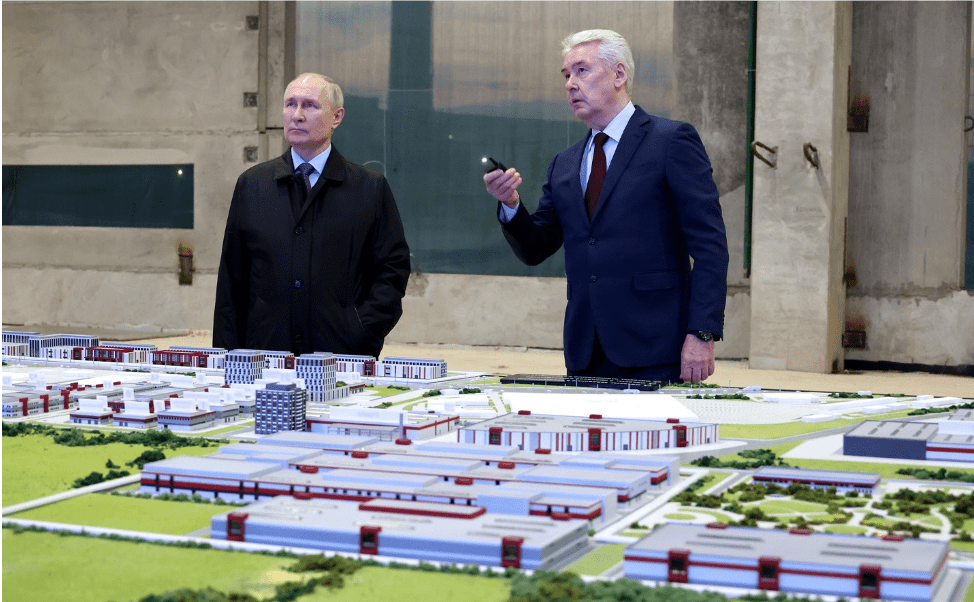
Russian President Vladimir Putin recently made a historic visit to the Moscow Center for Diagnostics and Telemedicine, marking a significant leap forward in the realm of healthcare technology. The center, touted as the first of its kind in Russia and among the largest globally, specializes in teleradiology, offering remote centralized analysis and quality control of radiological studies conducted across urban medical facilities.
Traditionally, Moscow’s polyclinics relied on in-house radiologists to interpret imaging results, leading to variable turnaround times averaging 27.5 hours. However, a paradigm shift occurred with a massive equipment overhaul, involving the procurement of 1,300 state-of-the-art digital medical devices. This upgrade facilitated the integration of all digital diagnostic equipment with the Unified Radiology Service (URS), seamlessly linking them to the Unified Medical Information and Analytical System of Moscow (EMIAS).
Following a radiological examination, digital images are automatically transmitted to the ERIS database, where a team of radiologists at the Diagnostics and Telemedicine Center meticulously analyze them. Their findings are then seamlessly archived into patients’ electronic medical records within EMIAS.
The center’s significance skyrocketed during the COVID-19 pandemic, emerging as a pivotal cog in the diagnostic machinery for COVID-related pneumonia. Over the span of two years, its specialists meticulously interpreted approximately 1 million COVID-related examinations.
Presently, the center boasts a workforce of around 400 radiologists from city polyclinics, collectively analyzing a staggering 130,000 images weekly. The efficiency gains are palpable, with the introduction of the centralized model slashing the time required for interpretation from 27.5 hours to a mere 1 hour and 44 minutes. This transformation also facilitated the establishment of expert groups to address complex cases in real-time and the utilization of digital assistants, including sophisticated AI-driven tools like computer vision.
Moscow’s medical fraternity now benefits from over 50 computer vision services spanning 29 clinical domains, empowering practitioners to swiftly detect a myriad of pathologies, including lung cancer, pneumonia, and ischemic heart disease, with an impressive diagnostic accuracy of 95%.
The integration of artificial intelligence has further accelerated the interpretation process by 30%, with 26 development companies collaborating with the capital’s healthcare system to refine diagnostic algorithms.
Beyond its clinical impact, the Center for Diagnostics and Telemedicine serves as a dynamic hub for research and education, nurturing the next generation of healthcare professionals through the development of advanced phantoms, medical simulators, and educational programs. To date, its specialists have contributed over 800 scientific materials, underscoring its pivotal role in shaping the future of healthcare.
The landmark visit by President Putin, immortalized through images shared on journalist Pavel Zarubin’s Telegram channel, heralds a new era in healthcare delivery, where cutting-edge technology converges with clinical expertise to redefine the standards of patient care in Moscow and beyond.

